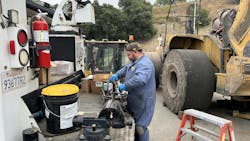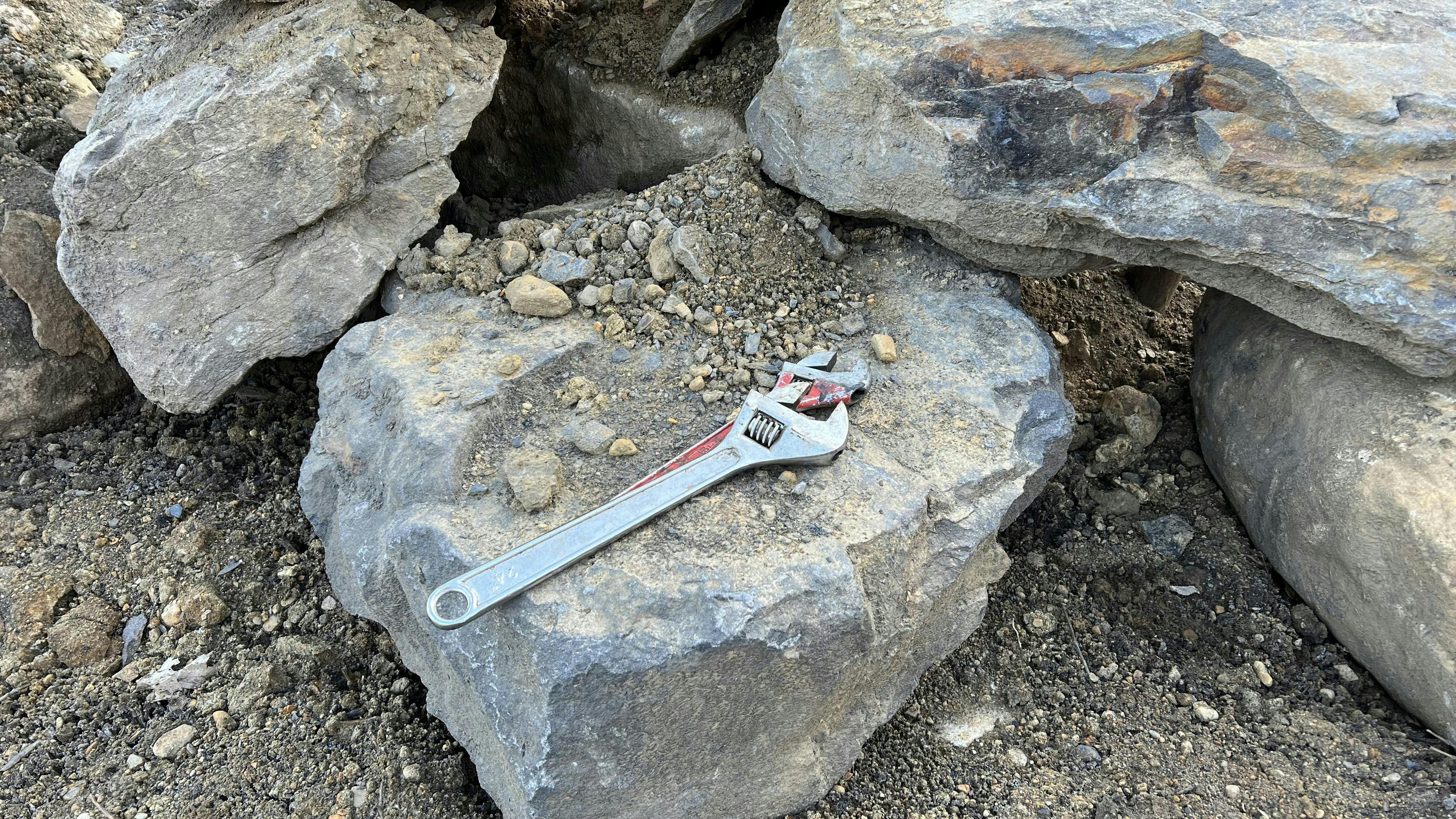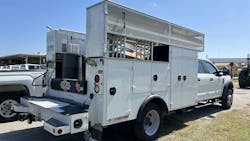Why You Should Integrate Telematics Into Your PM Program
Key Highlights
In this article, you will learn:
- How to set up a data collection program.
- Benefits of using the ISO telematics standard.
- How data can be used beyond maintenance.
Using telematics data can help solidify and improve your PM program.
Aaron Mayer, director of finance and equipment for Ryan Incorporated Central, a Janesville, Wisconsin-based contractor, says the first thing to do is select a good driver.
“A lot of the OEM-recommended maintenance is going to provide it, whether it’s hour-based or odometer- based or date-based,” Mayer says.
Ryan is also looking at a product issue that might suggest a fuel-consumption-based driver. Whatever the driver, the tracking comes next.
“You might be tracking things on a spreadsheet or a white board, you might have a maintenance management system where you have to input the drivers, whether it’s an hour meter reading or an odometer reading,” Mayer says. “The two biggest distinctions are the collection and the entry.”
“If you’re on the white board or a spreadsheet system, that’s fine, but what telematics can do is take the human element out of getting the hour meter and odometer readings,” Mayer says.
Telematics can avoid that human error, as can working with OEMs that use the AEMP 2.0 telematics standard.
“Most of the large OEMs are using the AEMP 2.0 telematics standard, and so these drivers that drive these PMs are readily available,” Mayer says. “At a minimum, if you’re getting that data from whatever interface you’re using with your telematics service, you’re basically improving the reliability of the driver because you’re taking the human element out of it.”
Use the API
“Using the API, you’re automatically taking the current hours or current odometer and loading it in the system on some frequency,” Mayer says. “For us, every day it’s usually the middle of the night, our system’s going out, it’s getting these APIs from all these different brands, bringing them together and loading them into our system.
“The more frequent your entries, the more ability you have to predict the PMs that are coming up, and allowing for planning and parts ordering, among other things.”
There can be other benefits, as well.
“Depending on how much of the telematics feed you’re using, you might have visibility to error codes, event codes, and machine health information, so it allows you to be more proactive to other things that might be going on,” Mayer says.
And, if you do have an issue where you’re going to outsource that service or repair, having that information and communicating it to a vendor helps ensure it’s a one-trip fix, he says. “Make sure there are the right parts on the truck the first time.
Have a plan if data fails
“Telematics as great as they are, they can still fail,” Mayer says. “Our feed fails, there can be broken antennas on machines, faulty hardware, security certificate issues, etc. All of these things happen in the course of a year.
“If you make the decision to rely on telematics, you need to have some kind of KPI in place to identify the machines that are supposed to be giving readings and identifying the ones that aren’t,” Mayer says.
Ryan's field reports show production hours of the machine, and the maintenance is based on the actual hour meter of the machines.
“We know and can identify whether the machine gives telematics feeds, and if it’s giving production hours but the hour meter isn’t advancing, we know there’s an issue,” Mayer says. “We have alerts built into our system to quickly identify non-reporting assets.
“Also, you have to have a way to enter readings manually,” Mayer says. “We’ve had issues where hardware on a machine fails and we can’t get a fix right away due to parts availability, so in our app and also in our maintenance management system there’s the ability to enter hours or odometer meetings manually.”
Indirect benefits
On the disposal side, when we sell a machine, we share the preventive maintenance information to decrease the perceived risk of buying our machine,” Mayer says. “All the things to show it’s been maintained, including fluid sampling records.
“We have people knocking on our door to buy our old machines,” Mayer says. “It also results in higher sale prices for our machines and overall decreases our rates. We’ve also been using it with banks for better residuals because we can show that we have the records and higher sales values.”
As a PM program becomes more advanced, the fleet will begin to be able to track preventive maintenance costs.
“Preventive maintenance is one of those things where there are no corners to cut,” Mayer says. “If you do, it looks great in the short run. But that chicken comes home to roost at some point, and you’re going to see the repair costs.
“With preventive maintenance, we never want to see a cost overruns because then we know something’s not being done,” Mayer says. “Overruns are a concern, and we dig into those. In every other area, it’s exciting to see you’re under budget, but from a PM perspective, we want to be zeroed in or a little above.”
About the Author
Frank Raczon
Raczon’s writing career spans nearly 25 years, including magazine publishing and public relations work with some of the industry’s major equipment manufacturers. He has won numerous awards in his career, including nods from the Construction Writers Association, the Association of Equipment Manufacturers, and BtoB magazine. He is responsible for the magazine's Buying Files.



